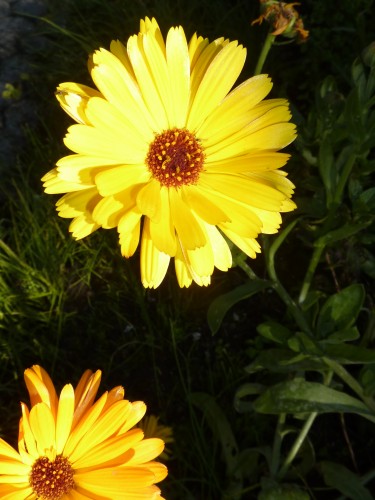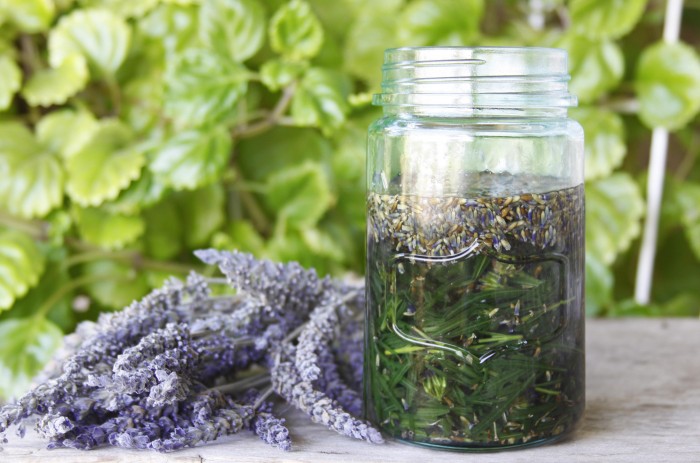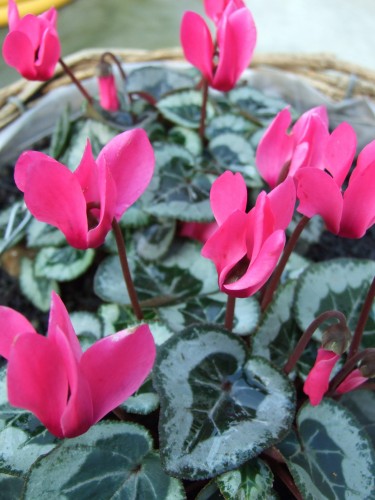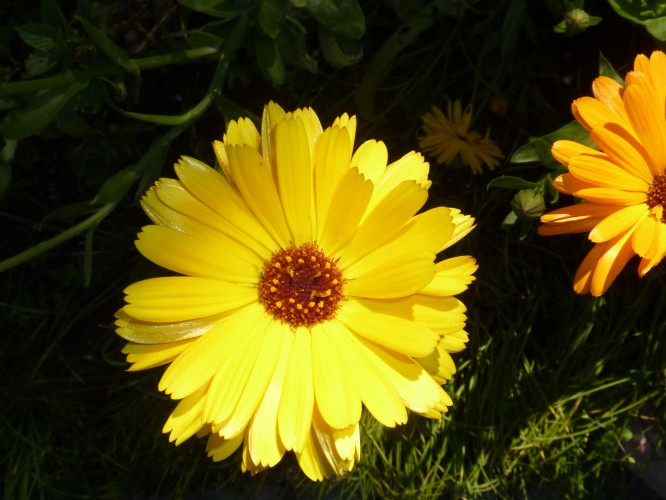All posts tagged Calendula
Top Marigold Beneficial Properties You Should Know About
Marigold, also known as Calendula, is a biennial, aromatic flower native to the Mediterranean, North and South America. Its flowers range from bright yellow-orange to white. Normally, Marigolds have a pungent odor. Continue reading [...]
Make These 5 DIY Spa Treatments Using Flowers
Flowers are gifts to us in so many ways. They’re beautiful to look at, they filter our air and they provide nourishment. In addition to using flower recipes to give the inside of our bodies’ nutrients, we can use them topically to heal and soothe.
The following are some ways you can incorporate flowers into DIY spa treatments.
1. Lavender Massage Oil
If you have aches and pains, and even if you don’t, you may like getting a massage from time to time. And, you might love the massage Continue reading [...]
Flowers and Kids: Planting for a Fun Summer Project
Looking for fun summer projects to do with your little ones? Consider planting flowers with kids. Continue reading [...]
The Right Flowers to Add to a Spring Salad
Did you know that you can gather pretty spring flowers and put them into a salad? Not any spring flowers, but those that are of course edible and those that taste incredible.
We love to prepare flowers with salads to bring to Easter potlucks, Mother’s Day brunches, and any special events that are happening during springtime. Usually guests at these gatherings are surprised, and delighted, to find our beautiful salads and to learn that they can eat what looks like mere decoration.
We love sharing the fact that many edible flowers not only provide beauty, they also offer nutrition by way of vitamins and minerals and they give the body powerful doses of antioxidants. Continue reading [...]
Flowers for Eczema Relief
Did you know that if you suffer with eczema, you can turn to flowers for healing? The following are some flowers that you can use to make soothing ointments, masques, and bath soaks to help relieve the discomfort associated with eczema.
To use these flowers as an ointment, cut them into small pieces and then crush them, then mix them with a pure plant oil like almond oil or coconut oil. Apply your ointment and let it sit on the skin for as long as you can. Just pick the flower petals off when you feel like it. Flower masques are made like ointments and they work pretty much like ointments, but you can use larger flowers in a masque (and lots of them) and leave them plastered to your itchy skin for about 30 minutes. Then, you’ll want to rinse your masque off. Sometimes, soaking in a warm bath with the following flower petals inside can be what’s needed to soothe red and sore skin. Continue reading [...]
Flowers to Make Healing Ointments
Did you know that many flowers can be made into healing ointments? We love to keep flowers like lavender and calendula around because they offer relief for a variety of conditions, such as dry skin, burns, and rashes. In addition to offering a bit of natural medicine for some of our ailments, these flowers (and several others) are quite beautiful to look at, so we make sure we frequently have some in our garden in or a vase indoors.
Continue reading [...]
Flowers to Bring Color to Winter
In the dead of winter, when most everything is white or a shade of gray, there are certain flowers that burst through the monochrome with bold, vivid color. Which flowers are these? They’re the following beauties, and they’re ones you should consider planting if you live in an area with mild winters. Continue reading [...]
Flowers to Companion Plant in a Vegetable Garden
If you have a vegetable garden and are looking for the right flowers to plant to keep critters away, we have some ideas for you. Continue reading [...]
Flowers for Healing
Do you know that there are some sicknesses that can be treated with flowers?
Certain flowers offer healing because flowers they can lift the spirit and bring a positive mindset to an ill person. Which will surely help the regenerative process. But, flowers can also be consumed to health the body. Some flowers, after ingestion, can help you get well. And, there are particular flowers that, when applied to the body topically, promote healing. Continue reading [...]










